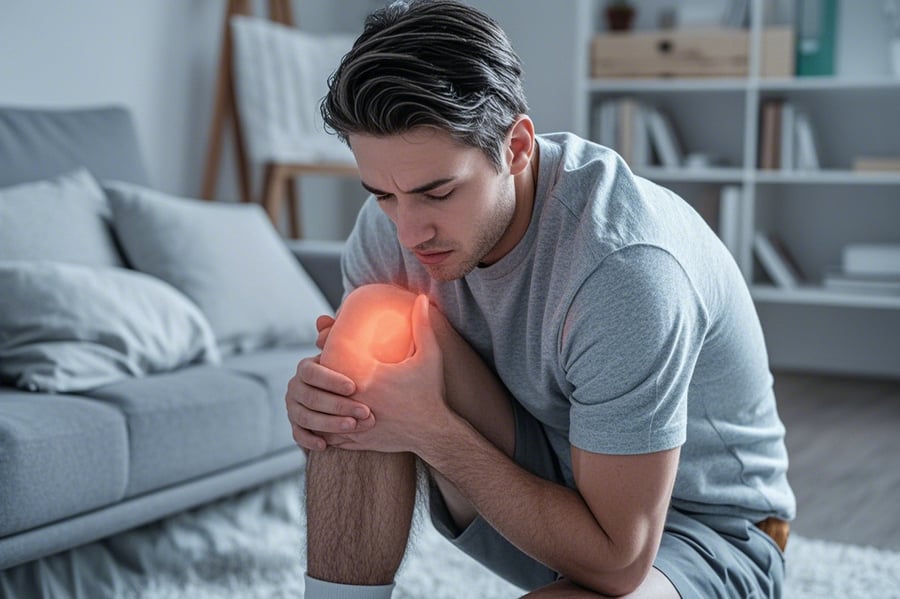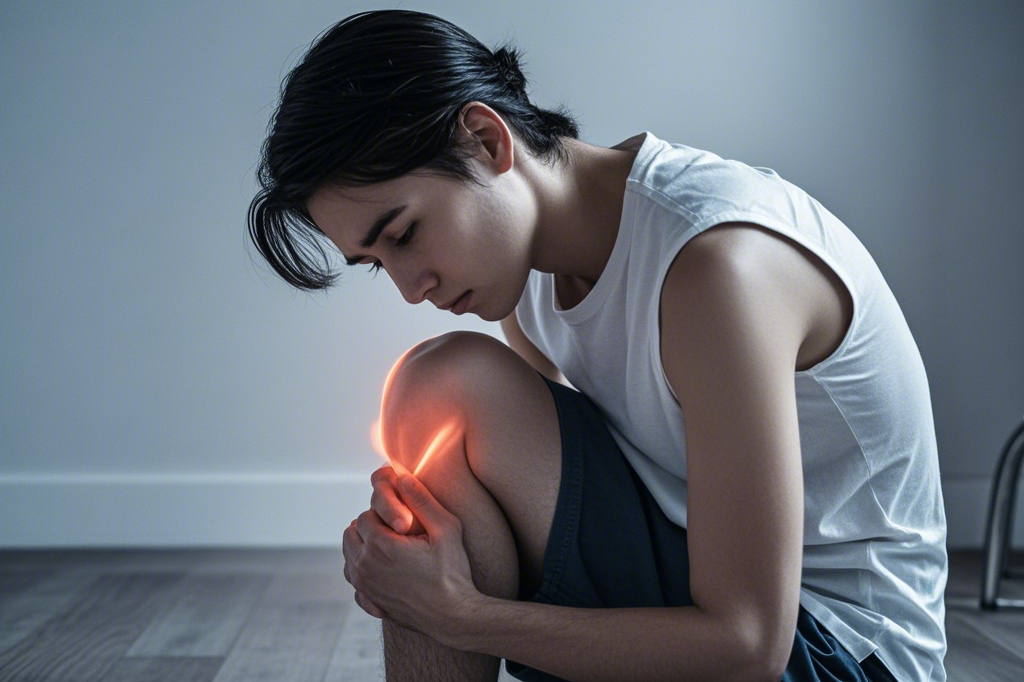How to Prevent and Treat Knee Pain

1. Maintain a Healthy Weight
· Reduce Pressure on the Knees: Excess weight puts additional strain on the knees, which can lead to pain or knee injuries. Maintaining a healthy weight can alleviate the burden on your knees, reducing the risk of knee pain.
· Balanced Diet: Adopt a balanced diet and regular exercise to maintain a healthy weight, which will relieve pressure on the knees.

2. Strengthen the Muscles Around the Knees
· Strength Training: Strengthening the muscles around the knees (such as the quadriceps and hamstrings) improves knee stability and helps prevent injury. Common strength exercises include:
o Squats
o Leg lifts
o Lunges
· Flexibility Training: Stretching and flexibility exercises help keep the muscles and ligaments around the knee flexible, reducing the risk of injury.
3. Exercise Moderately and Rest Appropriately
· Avoid Overexertion: Overexertion or improper form during exercise can cause knee pain. Ensure you are using the correct posture and avoid sudden increases in exercise intensity.
· Take Proper Rest: If you experience knee pain or discomfort, rest is crucial to prevent further injury to the knee.
4. Wear the Right Shoes
· Supportive Shoes: Wearing shoes with good support and cushioning can help reduce pressure on the knees, especially during activities like running or long walks.
· Orthotic Insoles: If you have issues like flat feet, orthotic insoles can help correct your gait and reduce strain on the knees.
5. Avoid Long Periods of Inactivity
· Stay Active: Prolonged inactivity, such as sitting or standing for extended periods, can cause stiffness and increase knee pain. Engage in light activities and stretching to maintain knee flexibility.
6. Use Ice and Heat Therapy
· Ice Therapy: For acute knee pain or swelling, apply ice to reduce inflammation and pain. Ice for 15-20 minutes at a time, several hours apart.
· Heat Therapy: If knee pain is due to muscle tightness, heat therapy can help relax muscles, improve circulation, and relieve pain.
7. Use Knee Braces or Supports
· Knee Braces: Wearing a knee brace or support band can help stabilize the knee joint during high-intensity activities, offering additional protection and preventing injury.
8. Seek Physical Therapy
· Physical Therapist: If knee pain persists, a physical therapist can help with custom rehabilitation exercises, massage, and posture correction to relieve pain and improve knee function.
9. Avoid Twisting the Knee Excessively
· Proper Movement: Avoid excessive twisting or sudden directional changes, especially during running or fast walking. Using the correct posture helps prevent knee injuries.
10. Medication and Medical Treatment
· Pain Relievers: Over-the-counter pain relievers such as ibuprofen can help manage knee pain and inflammation in the short term, but should be used under medical guidance.
· Injection Therapy: For chronic knee pain, a doctor may recommend corticosteroid injections to reduce inflammation, or hyaluronic acid injections to improve joint lubrication.
Conclusion
Preventing and treating knee pain involves maintaining a healthy weight, strengthening the muscles around the knee, following proper exercise habits, and caring for the knees appropriately. If knee pain persists or worsens, consult a medical professional for expert treatment to ensure long-term knee health.